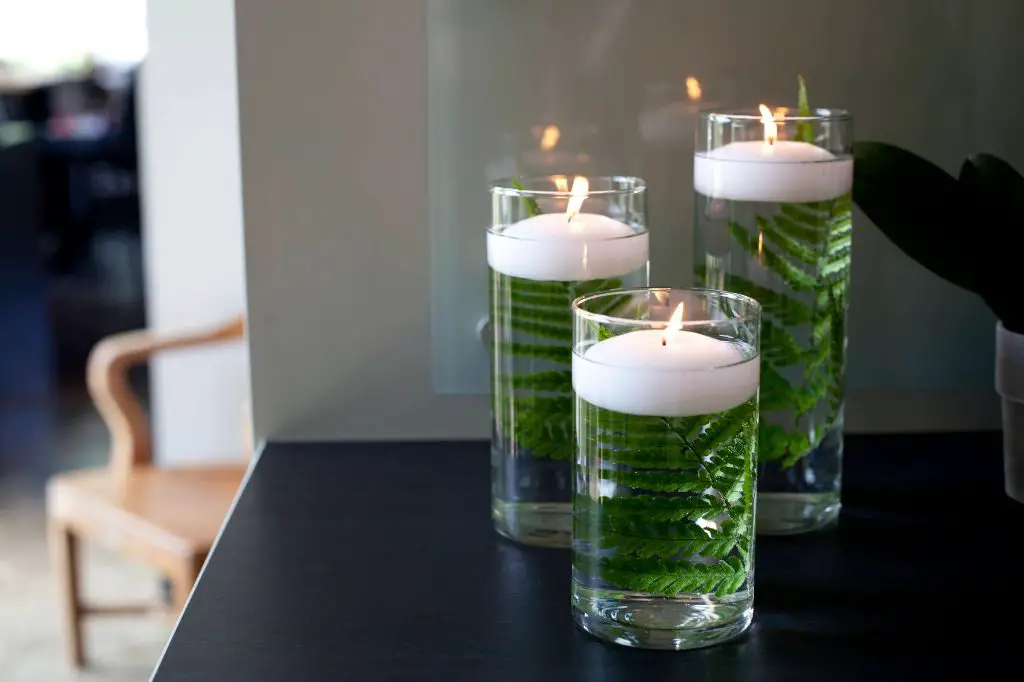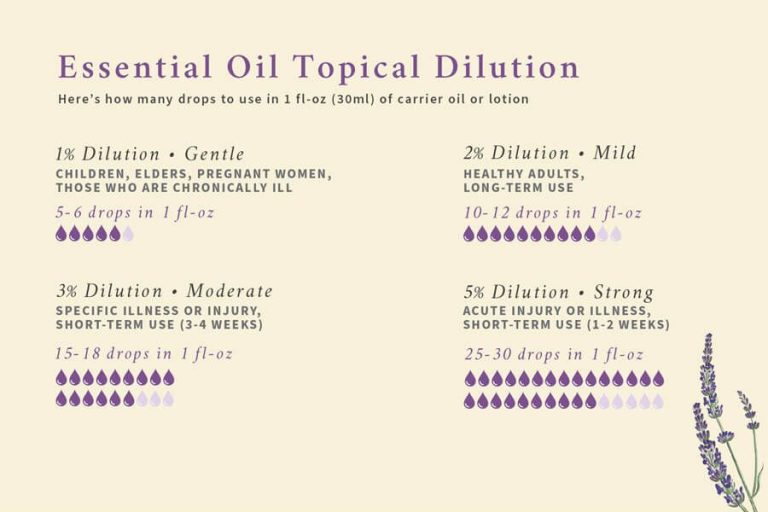Can Floating Candles Go In Any Glass?
Floating candles have become an increasingly popular home decor item over the last few years. Often made from real wax with a floating device, floating candles provide a magical ambiance as the candle appears to hover over water, sand, or decorative beads. The flickering flame combined with the floating effect creates a soothing, spa-like atmosphere. Their versatility also makes them attractive – floating candles can be used in vases, bowls, jars, and more. They work for a variety of occasions like romantic dinners, parties, weddings, and holiday celebrations. Recent social media trends have also boosted the popularity of floating candles for aesthetic home decor and holiday ideas. Overall, floating candles are valued for their mystical, calming effects and flexibility as decor elements.
What Are Floating Candles?
Floating candles are candles that have the ability to float when placed in water or liquid. They work based on a simple scientific principle – density. Density refers to how compact the mass of an object is compared to its volume. Objects that are denser than water will sink, while objects that are less dense than water will float.
Floating candles are designed to have a density lower than that of water, which allows them to remain buoyant when placed in a water-filled container. This is achieved by enclosing a regular candle (such as a tea light or votive) in a shell casing. The casing displaces more water than its own weight, creating upward buoyant forces that counteract the downward gravitational forces acting on the candle. This enables the floating candle to remain afloat on the water’s surface as the candle burns. The shell is often made of wax, plastic, or metal.
Floating candles create a magical atmosphere as the lit candle appears to be hovering over the water. They are commonly used for decoration in bowls, vases, glasses, and other containers. Their enchanting glow provides ambient lighting for gatherings, events, and everyday home decor. Floating candles come in many sizes and shapes to complement different decor themes.
Sources:
https://quickcandles.com/blogs/blog/floating-candles-ideas
Different Types of Floating Candles
There are a few main types of floating candles to choose from:
- Gel floating candles – These are made from a clear gel wax that allows the candle to float on water. They come in various shapes and sizes, and many have glitter or sequins inside for a sparkly effect. Gel candles burn cleanly and are smokeless.
- Oil floating candles – Also known as votive floating candles, these have a metal floating disc at the bottom with a spot for a tealight. The tealight provides the flame while the outer shell contains scented oil that sits atop the water. They come in glass, plastic, or metal containers.
- Glass floating candles – These elegant candles have the look of standard pillar candles but with a glass float base that allows them to gently drift on water. They come in taper and column styles.
- Battery-operated floating candles – For safety, some opt for battery-operated floating candles. These use LED lights to mimic a real flame and float on water safely with no live fire element.
Floating candles come in many colors, shapes, and scents to suit any décor. Popular options are round, square, heart-shaped, and even flower shaped. The most common sizes are 1-3 inches wide.[1] [2]
Factors That Allow Floating Candles to Float
Floating candles are able to float due to some key factors related to density, wick length, and temperature:
Density – Floating candles are designed to have a lower density than water, which allows them to float. They are made from wax blends that are less dense than plain paraffin wax. This gives them a density lower than 1 g/cm3 so they can float on water which has a density of 1 g/cm3. (1)
Wick Length – Floating candles need to have a shorter wick length than regular candles. A longer wick would make the candle top heavy and prone to tipping over. The short wick on floating candles helps keep their center of mass low so they can float upright. (2)
Temperature – The wax needs to be melted at a higher temperature so it is less viscous when poured. More fluid wax helps prevent air bubbles that would increase density. Proper cooling also helps the wax shrink evenly and maintain the ideal density to float.
So in summary, the combination of low density wax, short wick, and proper heating/cooling allows floating candles to float upright on water.
Considerations for Floating Candle Containers
When selecting a glass container for floating candles, there are a few key factors to consider:

Width
The width of the glass is important. Narrow glasses like standard drinking glasses often don’t provide enough surface area for floating candles to stably float. Wider container openings give more room for the candle to float without tipping from side to side.
Glass Thickness
Thicker glass sides help keep the candle steady and upright. Thin glass can allow more wobbling of the candle. Look for containers specifically designed for floating candles that have thick, sturdy glass walls.
Stability
The base of the glass needs to be heavy enough to keep the container stable and prevent tipping. Glass bases that flare out widely or have thick bottoms are ideal. Tall glasses with small bases are prone to tipping over.
Focusing on width, glass thickness, and stability helps select glass containers that will keep floating candles upright and steady for the best visual effect.
Recommended Glassware for Floating Candles
There are a few types of glassware that work especially well for floating candles:
Hurricane Vases
Hurricane vases are tall, cylindrical vases often used for candle displays. The tall sides prevent drafts from blowing out the flame while the wide opening allows the heat from the candle to escape (source: https://www.amazon.com/glass-floating-candle-holders/s?k=glass+floating+candle+holders). They come in a variety of sizes, shapes, and materials and allow floating candles to move around freely inside the vase.
Bowls
Glass bowls in a wide variety of sizes can accommodate floating candles. Their wide, open shape allows heat to disperse while keeping the flame sheltered. Shallow bowls work well for smaller floating candles while deeper bowls can handle multiple candles.
Jars
Mason jars and other straight-sided glass jars make attractive floating candle holders. The glass surface reflects the candlelight well while the narrow opening contains the flame. Jars are affordable and available in many sizes. You can create eclectic displays by mixing and matching different colored and shaped jars.
When selecting glassware, look for pieces tall enough to keep the flame away from combustible materials and wide enough for air flow. Thick, durable glass works best. Always keep safety in mind when burning candles.
Tips for Using Floating Candles
When using floating candles, it’s important to follow some safety and care tips to get the most enjoyment out of them and prevent issues.
For safety, always keep burning floating candles away from drafts, vents, and air currents, as recommended by Beverly Hills Candle. Drafts can cause rapid, uneven burning, smoking, and excessive dripping. Only burn floating candles in a suitable water-filled container, never by themselves, advises Waxlyrical.
To maintain the candle’s flame, avoid moving or jostling the container once the candle is lit. The wick needs to remain upright in order to burn properly. Trim the wick to 1⁄4 inch before lighting to prevent excess smoking and uneven burning.
Floating candles require extra care to prevent wax from sticking to the container. Allow the wax to cool and harden completely before attempting to remove from the water. Gently peel solidified wax off the container walls or bottom. Any remaining wax can be removed with hot water.
Common Issues with Floating Candles
Floating candles can sometimes run into issues while burning. Here are some of the most common problems and how to troubleshoot them:
Wicks that are too long or not trimmed properly can cause floating candles to tunnel or burn unevenly. Always make sure to trim wicks to 1⁄4 inch before lighting to prevent this. Wicks that move off-center as the candle burns may also need to be trimmed and centered again.
Certain types of waxes like soy are more prone to issues like frosting and sweating. Make sure to store soy wax candles in a warm, dry area free of drafts. Consider using a wax blend instead of 100% soy wax if you live in a humid climate. Beeswax blends are less likely to sweat. See reference [1]
Make sure floating candle containers are completely clean and free of residue before pouring wax. Any contaminants can prevent the wax from forming a level surface, leading to uneven burning. Wicks should also be centered precisely when poured.
Low wax fill levels are another common cause of tunneling. Fill vessels at least 1⁄2 inch from the top to give enough wax volume. This helps retain heat and allows for full melt pool creation.
In summary, mind the wick length, wax type, vessel cleanliness, and fill levels when troubleshooting common floating candle issues. With some tweaking and testing, you can achieve great results.
Creative Ideas for Floating Candle Displays
Floating candles create a magical ambience, and there are many creative ways to arrange and display them. Here are some unique floating candle display ideas:
Create a candle centerpiece for your dining table by clustering floating candles of various heights in a glass vase or bowl filled with water. For extra sparkle, add flower petals or crystals. See this elegant floating candle centerpiece.
Suspend floating candles at different levels above a table using fishing line and small glass vases or cups. The seemingly unsupported candles create a striking visual. Get inspired by this suspended floating candle display.
For special events, create a candle chandelier by suspending small glass jars with floating candles from a round frame. Adorn with flowers or crystals for added ambience. Check out this DIY floating candle chandelier.
Nestle floating candles among flowers and greens in a shallow glass dish or bowl to create a floral floating candle arrangement. The candles seem to magically float amidst the botanicals. See this floating candle flower arrangement for inspiration.
Group an assortment of sized floating candles in glass cylinders or tall vases to create height and visual interest. For parties, place the vases down the center of tables. Get ideas from this column of floating candles.
With a little creativity, floating candles can be arranged in endless dazzling displays to light up any space in style.
Conclusion
In summary, floating candles can create beautiful ambiance and visual interest, but require some special considerations to work properly and safely. The candle’s wax formula along with the shape, weight, and width of the glassware are key factors in allowing floating candles to float. Look for wide, flat-bottomed glassware and use floating candle wax blends when possible. Avoid tall, narrow containers which don’t give candles adequate surface area. Follow all standard candle safety precautions, keeping them away from flammable items and never leaving them unattended. With the right setup, floating candles can add a dramatic, eye-catching glow to any space.

